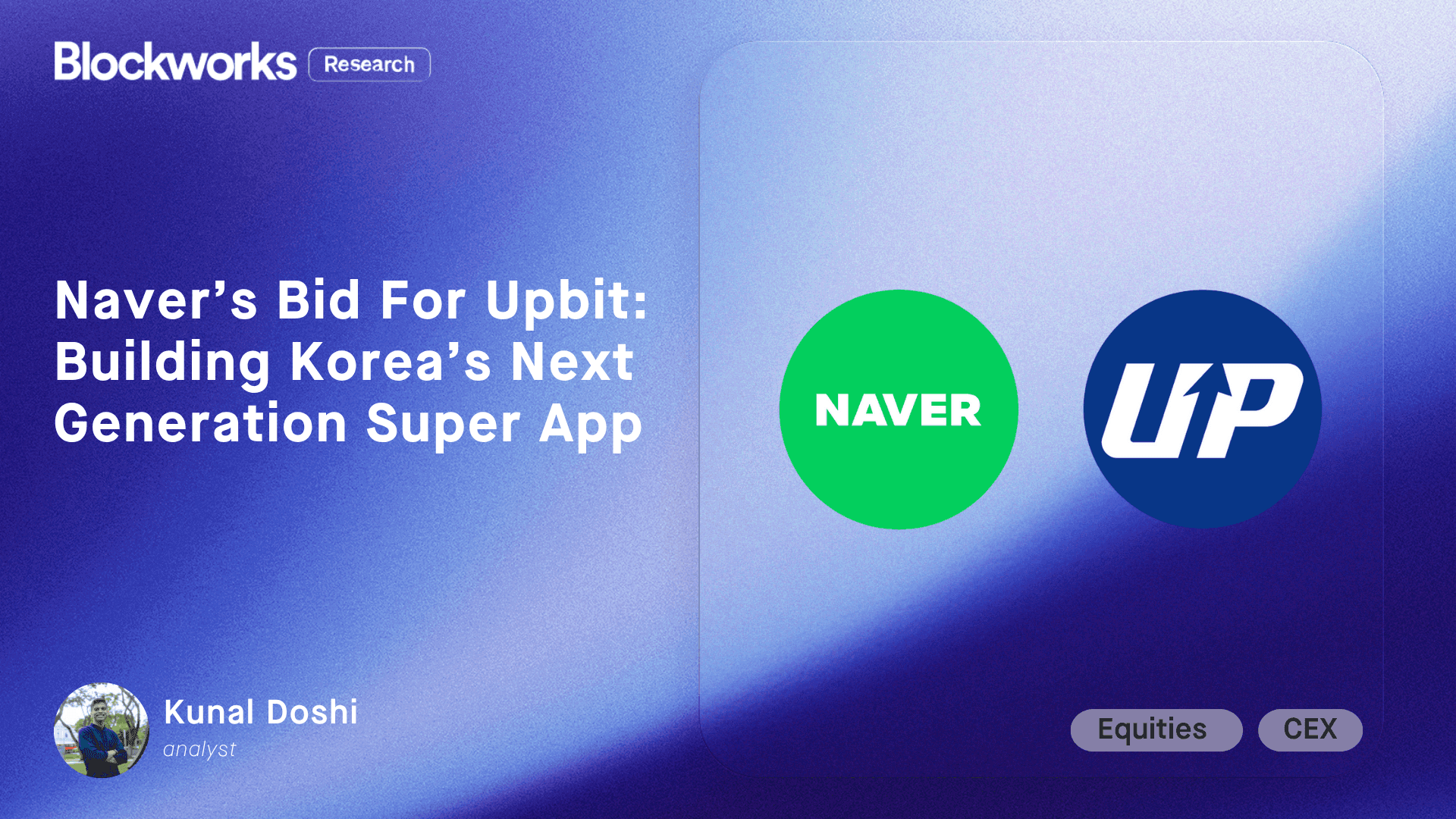Three privacy-focused Ethereum L2s arising in 2024
They may use different cryptographic techniques, but all privacy-centric L2s hope to be the first on Ethereum

Artwork by Crystal Le
Several crypto startups are looking to develop the first-ever privacy-centric Ethereum L2.
On Ethereum today, transactions and other smart contract executions are all publicly visible. Transparency is a core principle of blockchain technology, meant to allow verification of systems and instill confidence, but it can also be a double-edged sword.
While transparency ensures accountability, it also means that the details of these transactions and contracts are exposed to everyone, including malicious actors and hackers who can analyze transaction patterns, identify vulnerabilities in smart contract code, and exploit these weaknesses for nefarious purposes.
Privacy solutions offer dapp developers the opportunity to build applications that shore up these shortcomings without compromising security.
In the process, these privacy-first applications must endeavor to prevent harmful actors from concealing their identities, while protecting the rights of law-abiding citizens. In short, to avoid the fate of crypto mixer Tornado Cash, which allegedly was used to launder over $455 million stolen by sanctioned North Korean hackers.
Read More: Tornado Cash Developer’s Arrest Sparks Protest in Amsterdam
Here are a few teams that are hoping to build a functioning privacy-centric L2:
- Aztec
Aztec is a privacy layer of Ethereum. It’s referred to as a hybrid solution using zkSNARKs and its very own programming language, Noir, to offer private transfers, meaning that the network is designed to validate transactions without revealing any sensitive information about them, such as the amount and parties involved.
Unlike other zero-knowledge (zk) rollups on Ethereum, Aztec combines private and public execution in one single zk rollup. Meaning that a user’s own device is responsible for encrypting the transactions before it is processed by the blockchain.
Its primary focus, for now, is to design a platform for engineers to write private smart contracts without requiring in-depth mathematical knowledge of zk proofs. It recently revealed a new testing environment, Aztec Sandbox, for interested developers and plans for a testnet launch early next year.
- Fhenix
Encryption start-up Fhenix hopes to bring fully homomorphic encryption (FHE) to smart contracts.
Unlike privacy startups that use zero-knowledge technology, where data must be moved off-chain and decrypted in order for a prover to verify its accuracy, FHE encryption performs computations directly on encrypted data.
By keeping data on chain, the network will have the capability to process computations that come from various sources, such as an on-chain poker game or a sealed-bid auction contract.
Fhenix launched a developer testnet in July and plans for a full-scale testnet launch of its FHE rollup in early 2024.
- COTI
COTI is a privacy L2 building on Ethereum. Unlike Aztec, which uses zkSNARKS and Fhenix with FHE, COTI V2 will use so-called Garbled Circuits to enable private transactions.
Garbled Circuits enable two different parties to evaluate information, even if they distrust one another. The parties can each submit their ‘garbled’ or encrypted inputs, computations are conducted on these inputs and an outcome is obtained.
COTI will launch a developer testnet V2 in Q2 of 2024, and its mainnet launch will come soon after.
Get the news in your inbox. Explore Blockworks newsletters:
- The Breakdown: Decoding crypto and the markets. Daily.
- 0xResearch: Alpha in your inbox. Think like an analyst.






